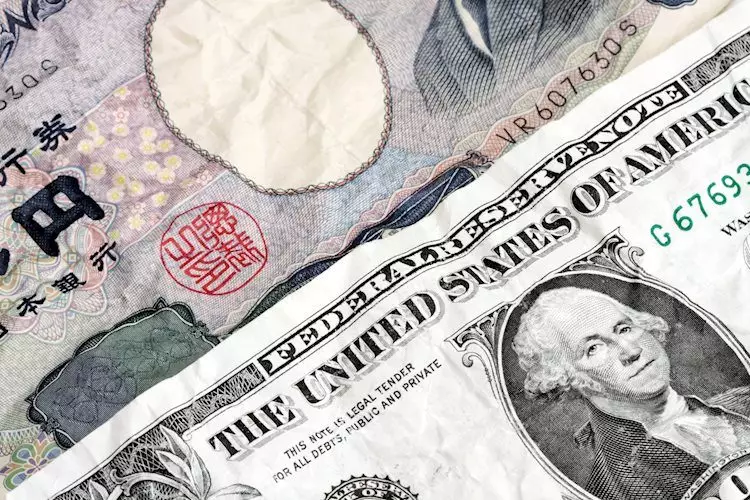The Japanese Yen (JPY) has recently shown signs of gaining strength as domestic inflation continues to rise, prompting speculation about potential interest rate hikes from the Bank of Japan (BoJ). While the local economic conditions appear to encourage a bullish outlook for the yen, external factors, such as robust US bond yields and prevailing market sentiments, have tempered its ascendance. This juxtaposition reveals a complex interplay of local inflationary pressures and global economic indicators, which ultimately shape the JPY’s market position.
The Japan Statistics Bureau’s latest reports indicate a softening in the National Consumer Price Index (CPI), which dipped from 2.5% to 2.3% year-on-year in October. However, the core CPI—which excludes volatile items such as fresh food—remains robust at 2.3%. Notably, a further breakdown shows that the core inflation index, excluding both energy and fresh food, has risen, surpassing the BoJ’s 2% target. Such persistent inflation signals may compel the BoJ to reconsider its current stance on monetary policies, especially with Governor Kazuo Ueda emphasizing the need to assess the implications of fluctuating foreign exchange rates on economic conditions.
This scenario creates a fertile ground for speculation regarding the timing of a potential rate hike, which could further bolster the yen if implemented in the upcoming December meeting. The ongoing geopolitical tensions, particularly the evolving situation of the Russia-Ukraine conflict, may also add to the yen’s appeal as a safe-haven currency amid global uncertainty.
On the other side of the Pacific, the United States has reported several significant economic indicators that have influenced the dollar’s performance against the yen. Recent data revealed a decrease in initial jobless claims to 213,000—a notable low not seen in several months—alongside a rebound in existing home sales, reflecting a recovery in the housing sector. However, the contraction indicated by Philadelphia’s manufacturing index adds layers of complexity to the narrative, suggesting that not all sectors are showing resilience.
The US dollar remains strong close to its highs for the year, supported by expectations regarding fiscal policies under President-elect Donald Trump, which might lead to renewed inflation and limit the Federal Reserve’s ability to reduce interest rates aggressively. An elevated US Treasury yield environment further solidifies the dollar’s standing, ultimately creating a cap on the JPY’s potential gains.
From a technical analysis perspective, the USD/JPY pair continues to demonstrate resilience around the 154.00 level, correlated with the 100-period Simple Moving Average (SMA) on the four-hour chart. Momentum oscillators on daily charts show positive action, indicating potential buying opportunities should the currency pair slide towards the support zone of 153.30-153.25.
However, should selling pressures drive the USD/JPY below the 153.00 mark, it could point towards deeper corrections, targeting significant support in the mid-152.00 range. The noted 200-day SMA in this area serves as a crucial benchmark for traders seeking clarity in their positions.
Conversely, a robust breakout above the psychological resistance level of 155.00 would indicate renewed bullish sentiment, suggesting upward movements toward the 155.40 zone and potentially surpassing 156.00 if momentum continues to build.
Moving forward, market participants are keenly awaiting additional economic data, including the flash Manufacturing and Services PMI readings from the US, which will provide insights into the economic fabric of the nation. These indicators, alongside the revised Michigan Consumer Sentiment Index, are expected to lend clarity regarding consumer perspectives and contractual activity in a fluctuating environment.
The Japanese Yen’s recent performance reflects an intricate balance between domestic inflation trends and overarching global economic conditions. As traders navigate this multifaceted landscape, the interplay between the JPY and the USD will continue to evolve, underscoring the significance of economic data and geopolitical developments in shaping currency valuations.

